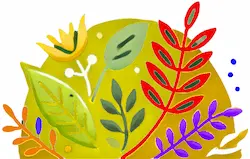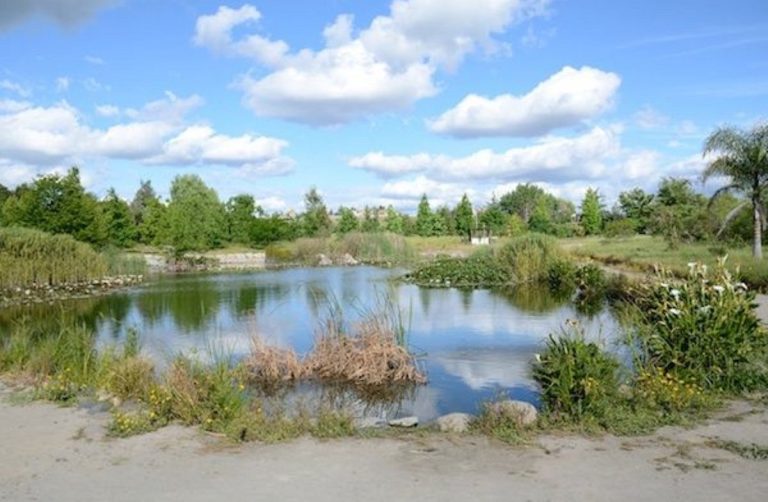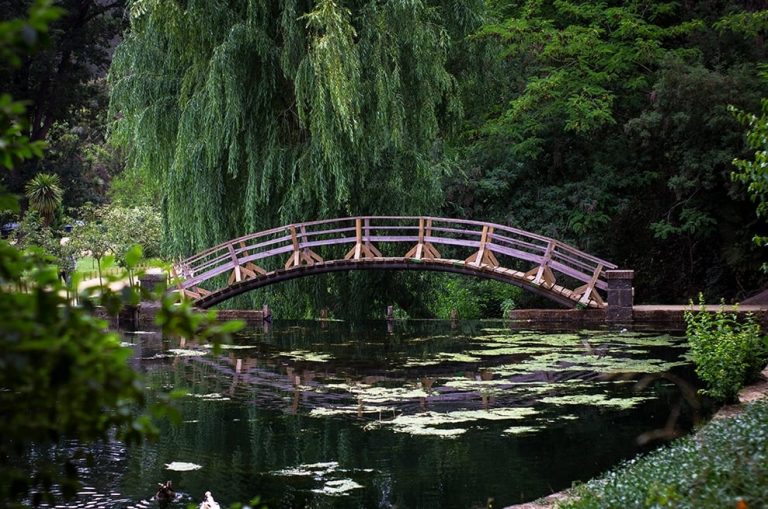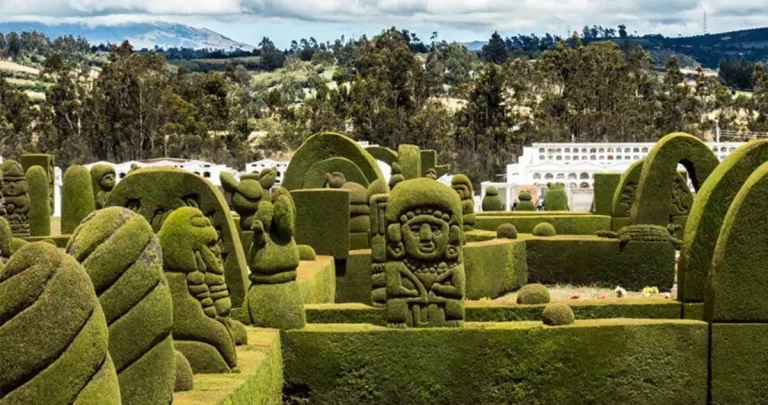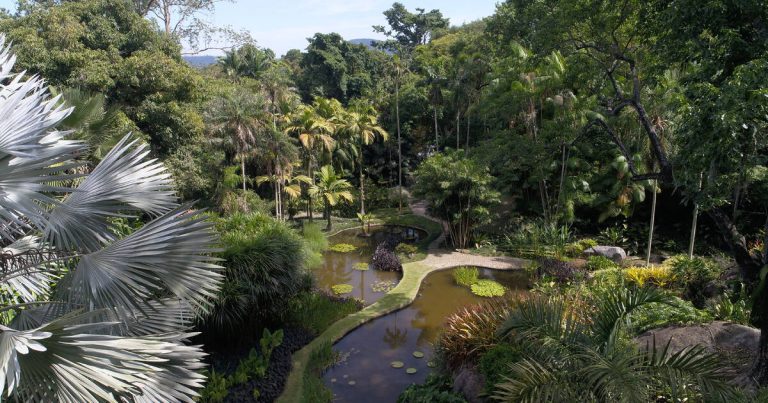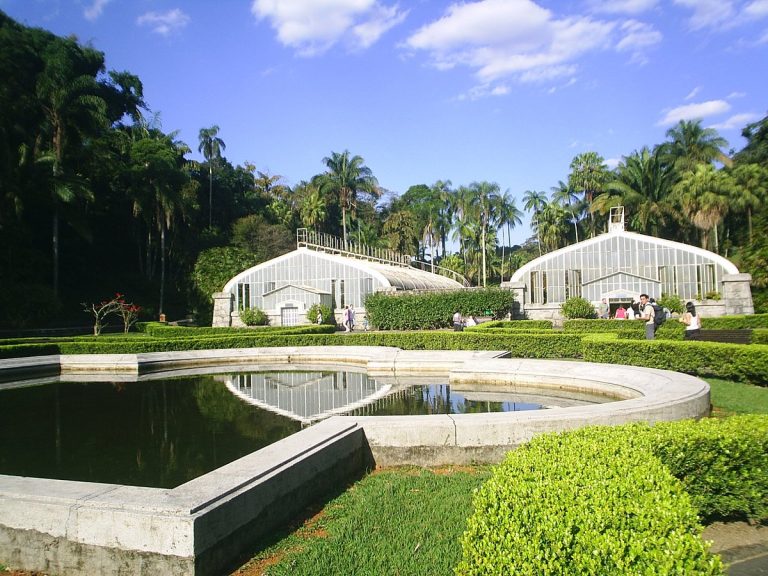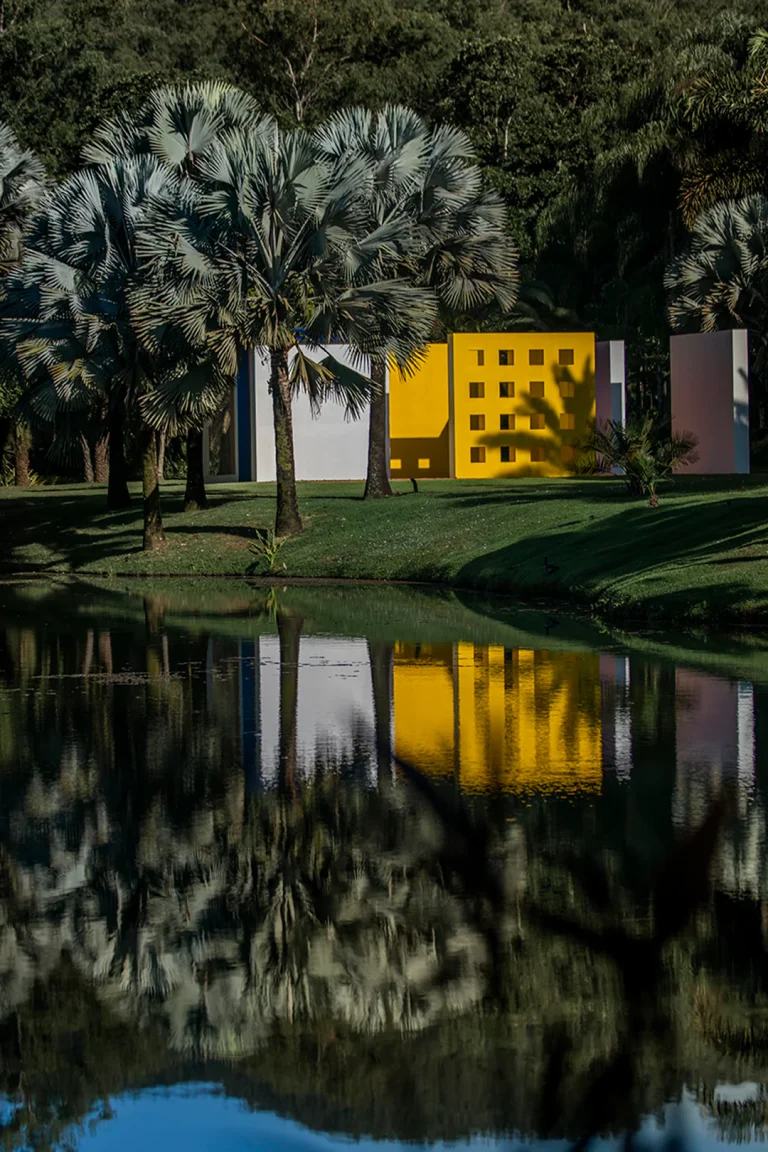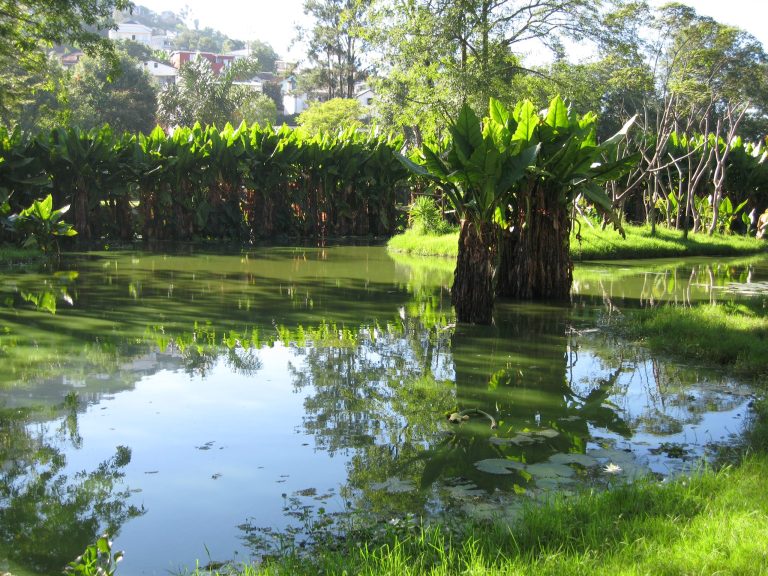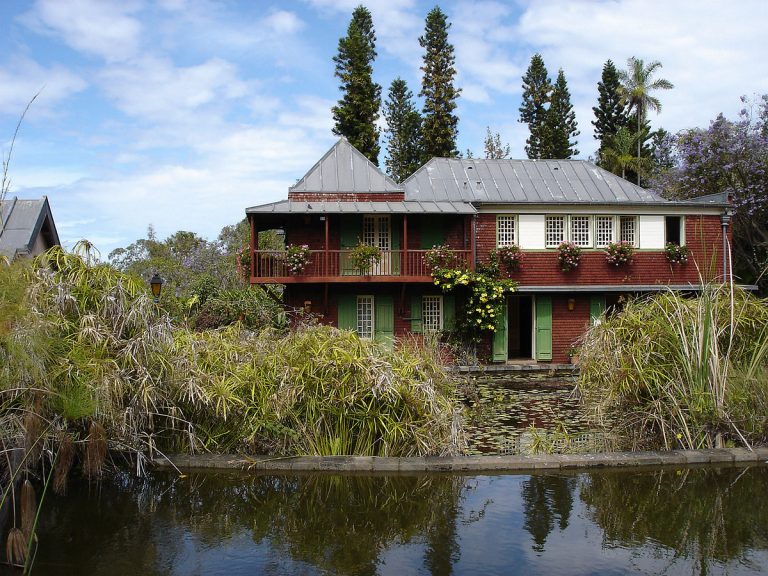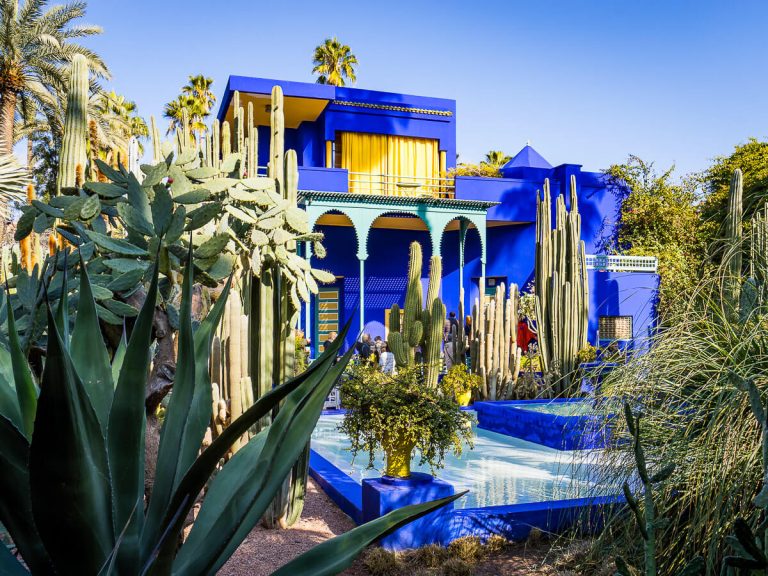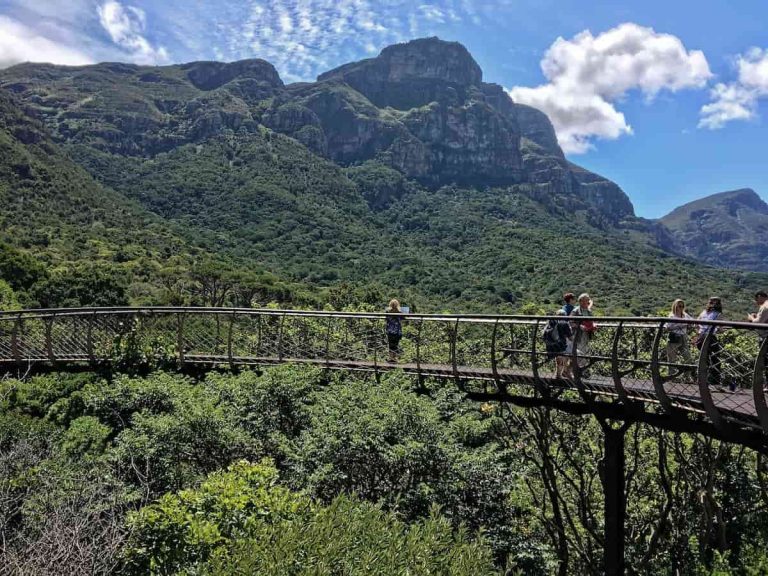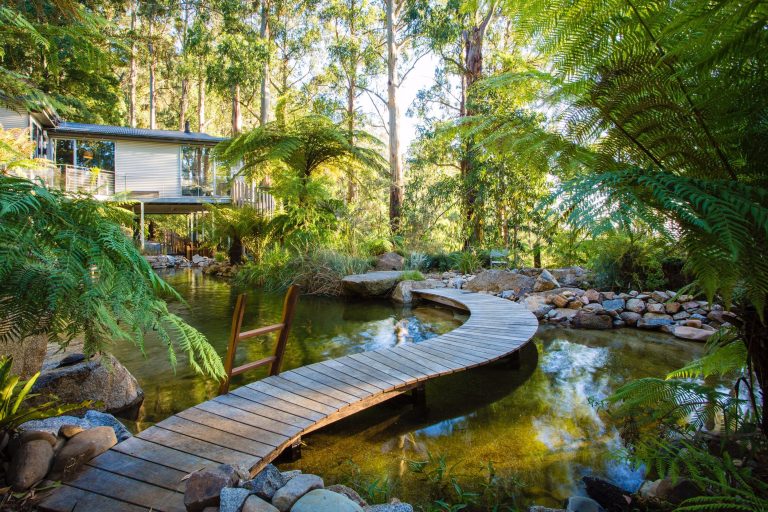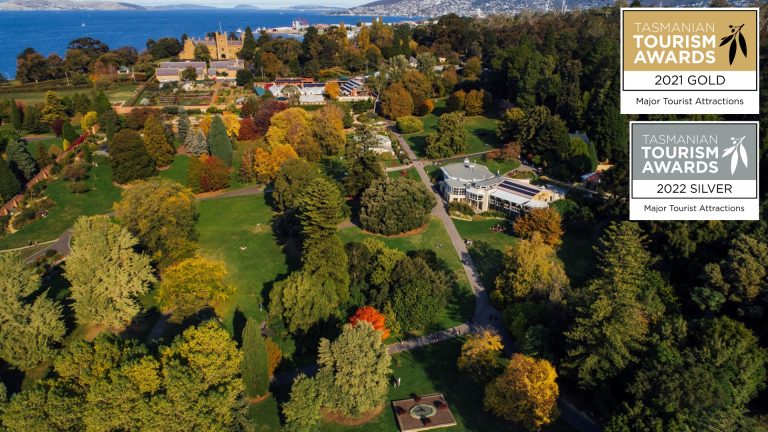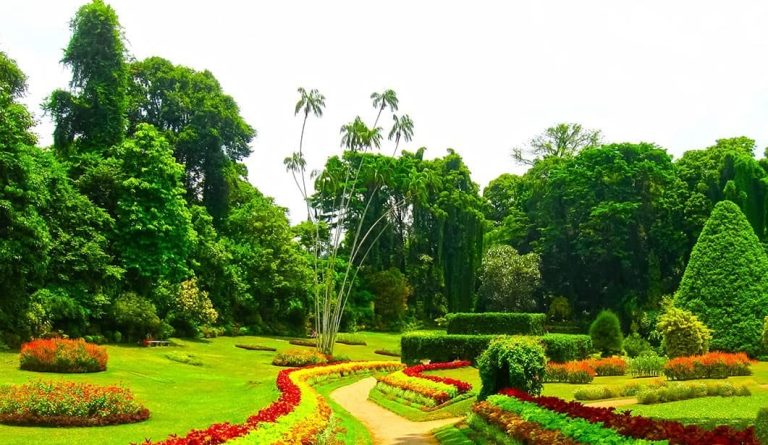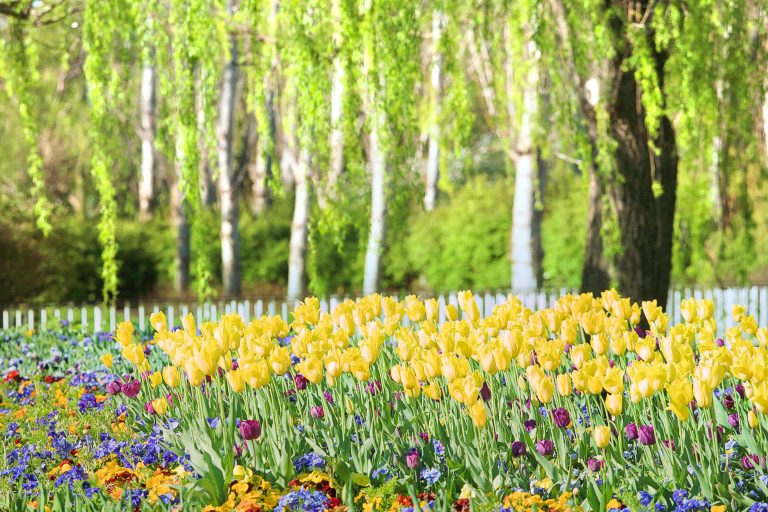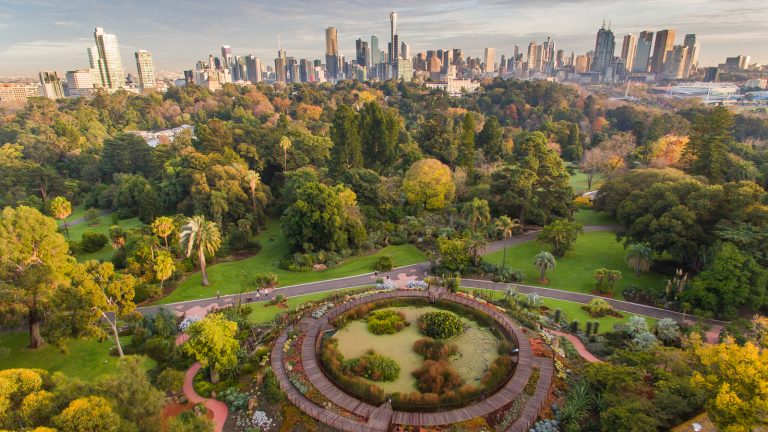Your cart is currently empty!
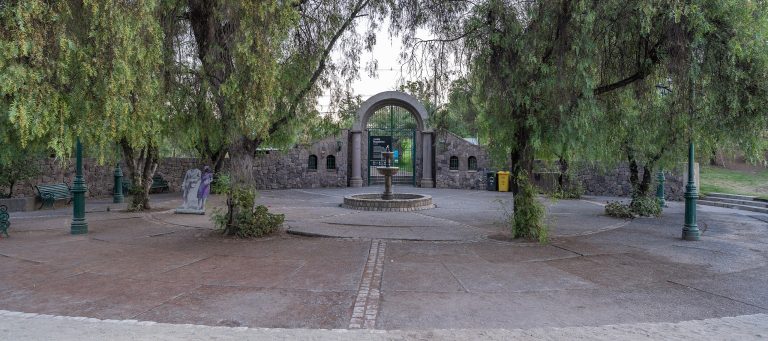
Mapulemu Botanical Garden
The conservation programs carried out by the National Zoo contribute to: public education in matters of biodiversity conservation, research and obtaining knowledge of animal biology applied to their care, management, welfare and conservation, as well as providing of a gene pool for wild populations. Through the ex situ or human care conservation strategy, extinctions of many species have been prevented globally, and successful reintroductions into the wild of animals rehabilitated or raised under human care have been made for a growing number of species. Also, the work with the associated local communities has played a fundamental role in each conservation program that the National Zoo of Chile has carried out.
